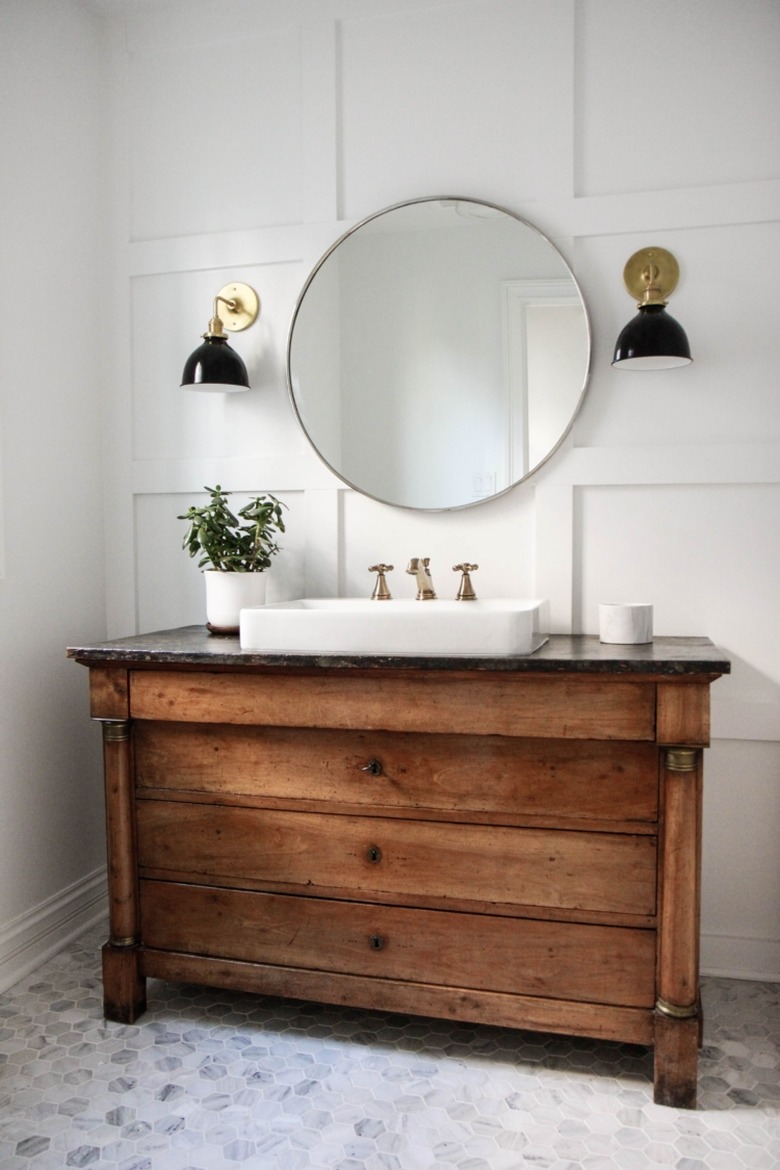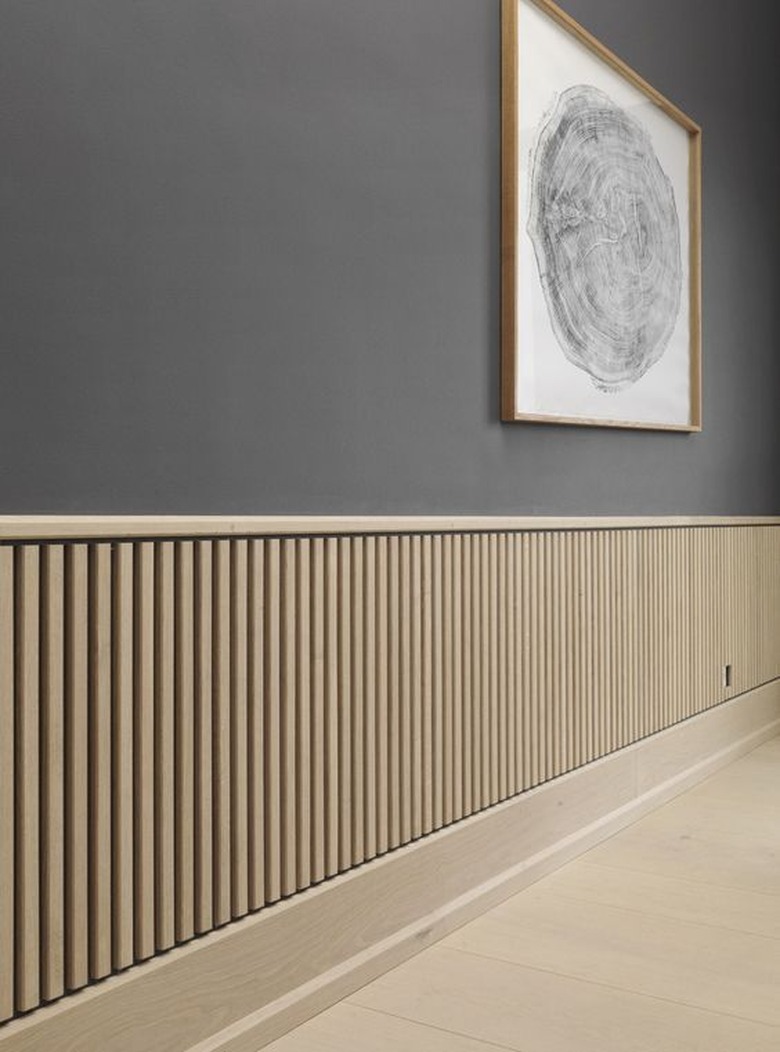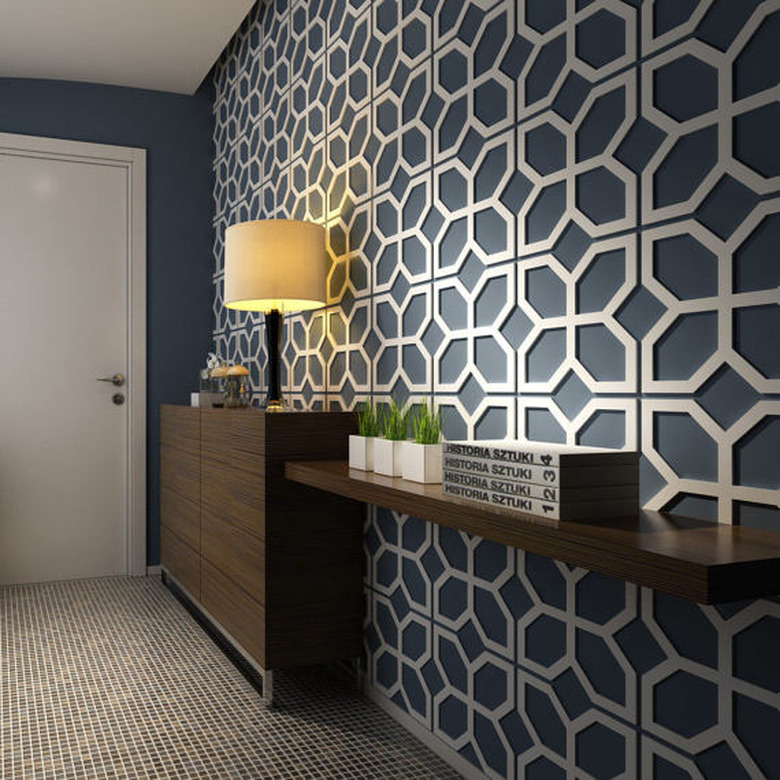What Is Wainscoting?
Wainscoting: Chances are, you've heard the term before, you just don't necessarily know what it means. Traditionally, wainscoting referred to an element of home design in which solid wooden panels were installed across the lower half of a room's walls to help keep the room warmer (we're talking pre-insulation days), but over the years the term has grown to include multiple forms of decorative wall paneling.
Basics
Basics
Sticklers might still argue that while wainscoting is a type of wall paneling, but not all wall paneling qualifies as wainscoting. The term wainscoting originally applied specifically to chair-height wood paneling across the bottom half of a wall. The panels served to provide insulation, but also to protect walls from the scuffs and scrapes of shoe-clad feet and the backs of chairs. Wainscoting can still serve as wall-protection in our well-insulated modern homes, but more than that it serves to add new dimension to our home decor.
Styles
Styles
The styles and uses of wainscoting have certainly changed over the years. With the modern marvel of insulated walls keeping us cozy, we can get creative with our wainscoting, and do more than just make wooden blankets for the lower half of our walls. As a design feature in its own right, wainscoting even comes with its own decor guidelines. Raised panel, flat panel, overlay panel, and "board and batten" are generally recognized as the four main styles of wainscoting. You'll see chair-height raised panel and flat panel wainscoting in most traditional examples. Nowadays, we like to play around with the rules of wainscoting height, and often carry the wainscot all the way up to the ceiling, creating a modern look (like the ones pictured above) with fully wainscoted walls. But plenty of wainscoting style options marry the traditional with the contemporary, like the perfectly minimalist "board and batten" wainscoting in the modern room pictured below.
Materials
Materials
Technically speaking, in order for your wall paneling to be called wainscoting it has to be made of solid wood, but these days we don't stand on ceremony, so the purview of the term has widened to include MDF (medium density fiberboard), plywood, and even plastic wall paneling. In addition to being less expensive than panels of solid wood, the aforementioned man-made materials are ideal for "faux-wainscoting" by virtue of being much easier to install than their natural counterparts.
Hacks
Hacks
Wainscoting doesn't have to be an arduous process. The age of convenience and instant gratification is upon us; what once might have been a lengthy project for a professional can now be a day-long DIY (assuming you're highly motivated). The most essential wainscoting hack is trading in the traditional solid wood that originally defined the term for a material that's less expensive, and more flexible. For tight budgets, there are even wall-panel-free ways to create fake wainscoting effects, and — talk about convenience — Etsy even sells 3-D stick-on wall paneling made-to-order.




